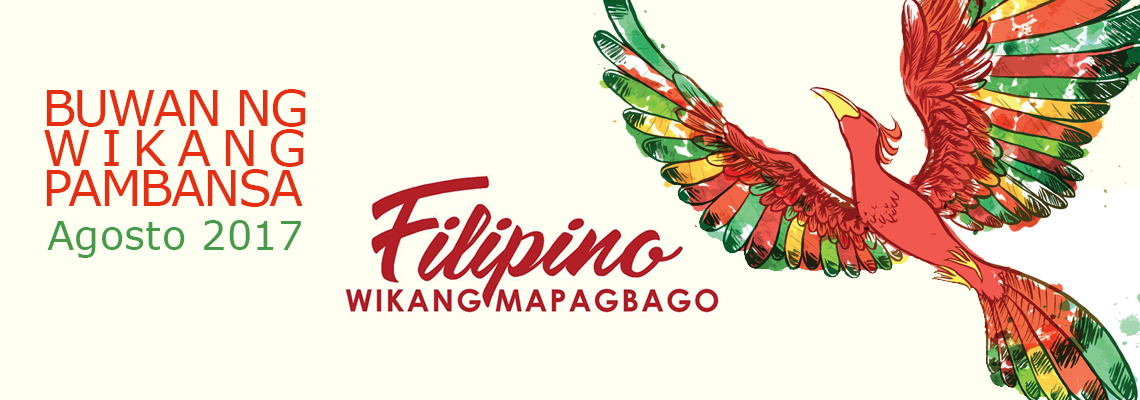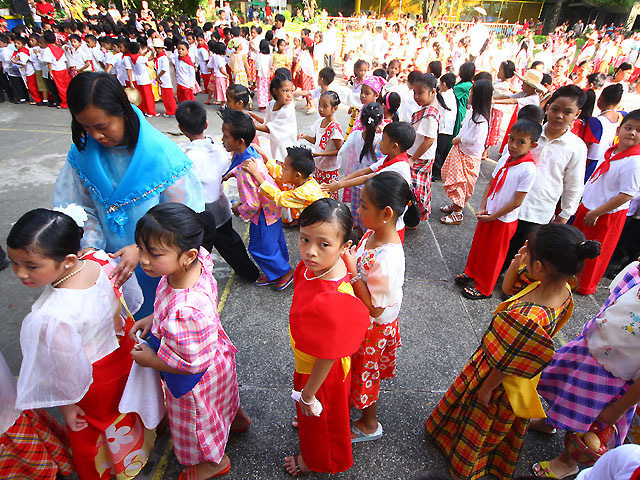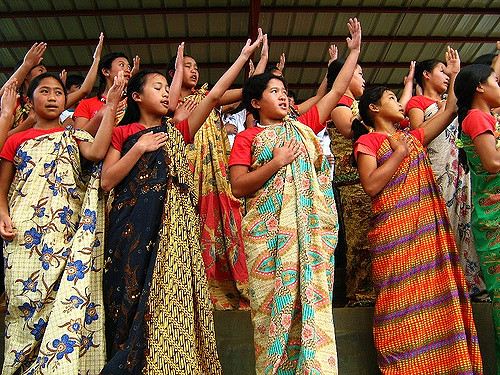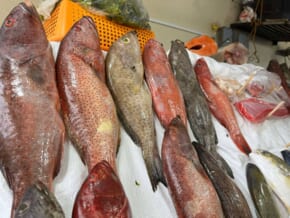Expat’s Guide to PH’s National Language Month
The month of August marks the National Language Month or Buwan ng Wika in the Philippines. It’s a month-long celebration that aims to increase awareness of the different languages found in the country. It is not just celebrating the Filipino language but rather, appreciating the country’s culture as a whole.
 IMAGE DepEd Tambayan
IMAGE DepEd Tambayan
Schools around the country usually celebrate “Buwan ng Wika” by having activities centered around the Filipino Language like performing a Sabayang Pagbigkas (Group Oration); wearing of ethnic tribe costumes,Filipiniana, and Barong Tagalog; preparing and performing various dance numbers featuring the country’s native dances; singing Filipino folk songs and; allotting days to play palarong pambansa (traditional games of the Philippines.)
Below are some of the common activities in schools during National Language Week:
1. Wearing of Philippine National Costumes
Students and teachers come to school in traditional Philippine attire either by wearing a traditional ethnic group costume, Filipiniana (Maria Clara type). The best-dressed individuals are usually awarded prizes during the ending ceremonies, with categories for both students and teachers. This is done to show that despite the cultural diversity represented by the different Philippine attires, the people of the country are unified by the one common language that they all speak: Filipino.
 IMAGE GMA
IMAGE GMA
2. Playing of Palarong-Pambansa (Traditional Games of the Philippines)
Students group together and compete in games traditionally played by children in the Philippines. One of the most popular games is patintero, which involves a grid drawn on the ground, one team scattered along the lines, and the opposing team trying to get past from one side of the grid to the other without getting caught by the other team’s members. Other popular games are piko, tumbang preso, and luksong tinik. Like the Filipino language, these traditional games represent a culture that the Philippine people call their own.
Piko (hopscotch)
Piko is often a girls’ game but even boys enjoy it for it is very popular in the Philippines. It is also known as Buan-Buan, a game involving drawing a diagram on the ground, usually by chalk or charcoal, dividing it into sections, and numbering it from 1- 10, where players hop from section to section after throwing a puck landing on a particular number.
Tumbang Preso (Knock down the prisoner)
The word tumba means “to fall” and preso means “prisoner.” There are only two things needed to play the game: an empty can and a slipper for each player. To make the game enjoyable and exciting, there should be no more than nine players who will be playing. One player guards the can while the others stay behind a line with their own slipper. The object of the game is to make the can fall to its side and retrieve the thrown slipper before the “it” stands the can back up.
Luksong Tinik
Translated to “jumping over thorns”, is a popular game in the Philippines which originated in the city of Cabanatuan played by two teams with equal numbers of players which involves players sitting on the ground and other players jumping over parts of their body. Each team designates a leader, the nanay (mother) or usually the ones who can jump the highest, while the rest of the players are called anak (children).
3. Sabayang Pagbigkas (Group Oration)
During the celebration of Buwan ng Wika, each class chooses a traditional Filipino poem to recite as a class in front of the whole school. The students usually perform the poems in costume and choreographed gestures to give life to the words.
 IMAGE FLICKR
IMAGE FLICKR
Despite the constant change in cultural practices in the Philippines, the celebration of the Buwan ng Wika continues to be one of the most awaited and significant events as the Filipinos strongly value the Filipino language and culture that strengthens the country’s own unique identity.
Written By: Patricia Antoinette M. Nacianceno
Images grabbed from GMA, FLICKR; Videos from YouTube













